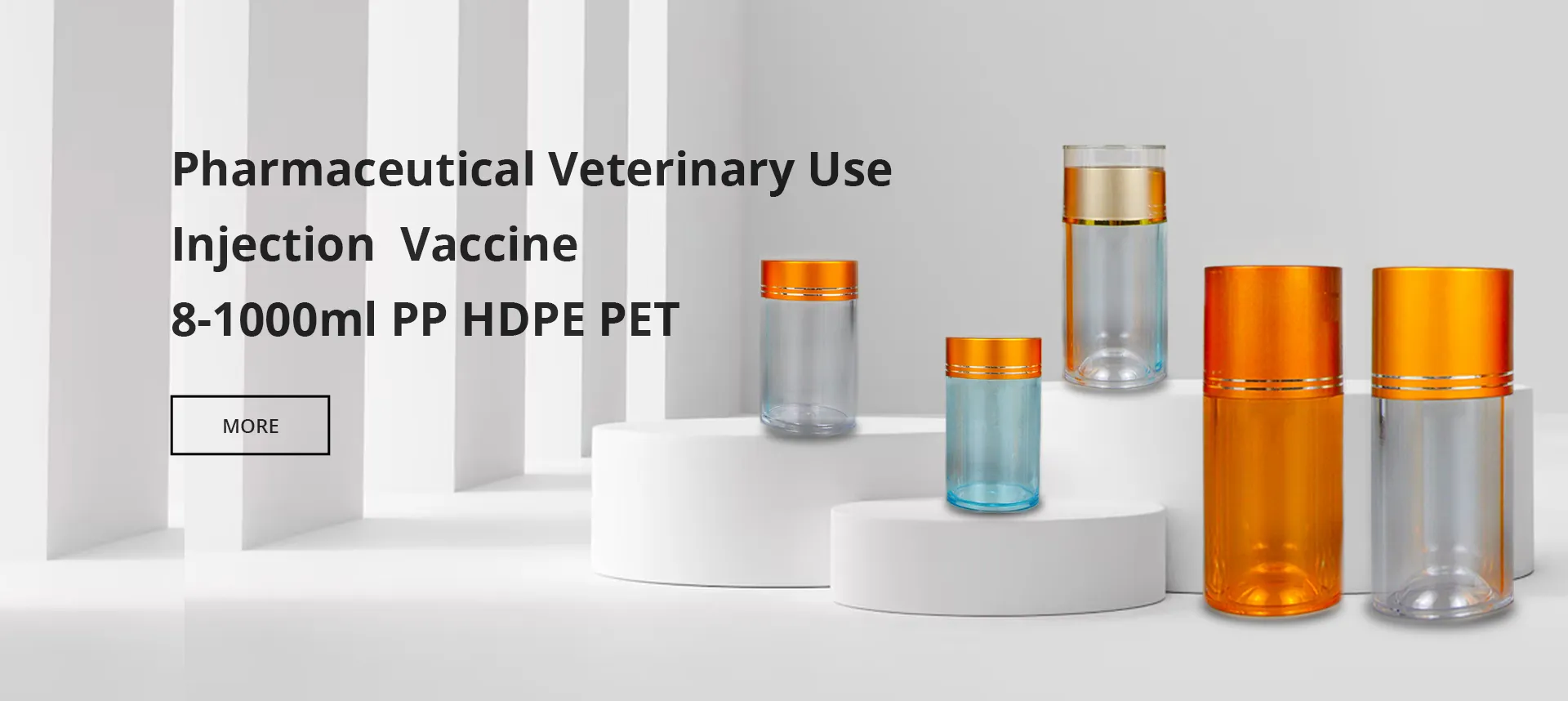
-
 Afrikaans
Afrikaans -
 Albanian
Albanian -
 Amharic
Amharic -
 Arabic
Arabic -
 Armenian
Armenian -
 Azerbaijani
Azerbaijani -
 Basque
Basque -
 Belarusian
Belarusian -
 Bengali
Bengali -
 Bosnian
Bosnian -
 Bulgarian
Bulgarian -
 Catalan
Catalan -
 Cebuano
Cebuano -
 Corsican
Corsican -
 Croatian
Croatian -
 Czech
Czech -
 Danish
Danish -
 Dutch
Dutch -
 English
English -
 Esperanto
Esperanto -
 Estonian
Estonian -
 Finnish
Finnish -
 French
French -
 Frisian
Frisian -
 Galician
Galician -
 Georgian
Georgian -
 German
German -
 Greek
Greek -
 Gujarati
Gujarati -
 Haitian Creole
Haitian Creole -
 hausa
hausa -
 hawaiian
hawaiian -
 Hebrew
Hebrew -
 Hindi
Hindi -
 Miao
Miao -
 Hungarian
Hungarian -
 Icelandic
Icelandic -
 igbo
igbo -
 Indonesian
Indonesian -
 irish
irish -
 Italian
Italian -
 Japanese
Japanese -
 Javanese
Javanese -
 Kannada
Kannada -
 kazakh
kazakh -
 Khmer
Khmer -
 Rwandese
Rwandese -
 Korean
Korean -
 Kurdish
Kurdish -
 Kyrgyz
Kyrgyz -
 Lao
Lao -
 Latin
Latin -
 Latvian
Latvian -
 Lithuanian
Lithuanian -
 Luxembourgish
Luxembourgish -
 Macedonian
Macedonian -
 Malgashi
Malgashi -
 Malay
Malay -
 Malayalam
Malayalam -
 Maltese
Maltese -
 Maori
Maori -
 Marathi
Marathi -
 Mongolian
Mongolian -
 Myanmar
Myanmar -
 Nepali
Nepali -
 Norwegian
Norwegian -
 Norwegian
Norwegian -
 Occitan
Occitan -
 Pashto
Pashto -
 Persian
Persian -
 Polish
Polish -
 Portuguese
Portuguese -
 Punjabi
Punjabi -
 Romanian
Romanian -
 Russian
Russian -
 Samoan
Samoan -
 Scottish Gaelic
Scottish Gaelic -
 Serbian
Serbian -
 Sesotho
Sesotho -
 Shona
Shona -
 Sindhi
Sindhi -
 Sinhala
Sinhala -
 Slovak
Slovak -
 Slovenian
Slovenian -
 Somali
Somali -
 Spanish
Spanish -
 Sundanese
Sundanese -
 Swahili
Swahili -
 Swedish
Swedish -
 Tagalog
Tagalog -
 Tajik
Tajik -
 Tamil
Tamil -
 Tatar
Tatar -
 Telugu
Telugu -
 Thai
Thai -
 Turkish
Turkish -
 Turkmen
Turkmen -
 Ukrainian
Ukrainian -
 Urdu
Urdu -
 Uighur
Uighur -
 Uzbek
Uzbek -
 Vietnamese
Vietnamese -
 Welsh
Welsh -
 Bantu
Bantu -
 Yiddish
Yiddish -
 Yoruba
Yoruba -
 Zulu
Zulu
autoclavable plastic petri dishes
The Advantages of Autoclavable Plastic Petri Dishes in Laboratory Settings
Petri dishes play a vital role in various scientific disciplines, particularly microbiology, molecular biology, and tissue culture. These shallow dishes, typically made from glass or plastic, serve as a medium for growing microorganisms, cells, and tissues. In recent years, autoclavable plastic Petri dishes have become increasingly popular in laboratories due to their numerous advantages. This article explores the benefits of using autoclavable plastic Petri dishes and their significance in modern research.
One of the primary benefits of autoclavable plastic Petri dishes is their ability to withstand sterilization processes. Autoclaving is a standard method used in laboratories to sterilize equipment and materials. This process uses high-pressure steam at elevated temperatures, which effectively kills bacteria, viruses, and other pathogens. Traditional glass Petri dishes can be cumbersome and prone to breakage during sterilization, while autoclavable plastic dishes combine the advantages of durability and ease of use. Made from materials such as polystyrene or polycarbonate, these dishes can endure the rigors of autoclaving without compromising their integrity or functionality.
The Advantages of Autoclavable Plastic Petri Dishes in Laboratory Settings
Another significant advantage of autoclavable plastic Petri dishes is their versatility. They are available in various sizes and designs, catering to different applications in the lab. For instance, researchers can choose from dishes with different surface treatments that promote cell attachment, making them suitable for various cell culture applications. Additionally, some plastic dishes come with specialized lids that help to reduce evaporation and contamination, thus providing a more controlled environment for microbial growth.
autoclavable plastic petri dishes

Furthermore, autoclavable plastic Petri dishes demonstrate excellent chemical resistance. They can withstand exposure to many biological materials, including stains and culture media, without degrading or leaching harmful substances that could interfere with experiments. This property is crucial, especially when working with delicate organisms or specific assays that require an unaltered environment. Using autoclavable plastic dishes ensures the reliability of results, contributing to the reproducibility and integrity of scientific research.
In addition to these practical advantages, the environmental impact of using autoclavable plastic Petri dishes is worth considering. Many manufacturers are now producing these dishes using eco-friendly materials, which can be recycled or made from renewable resources. As the scientific community grows increasingly conscious of sustainability, opting for autoclaved plastic options can be a step toward reducing the environmental footprint of laboratory operations.
It is also essential to highlight the reduced risk of cross-contamination with autoclavable plastic Petri dishes. Unlike glass dishes that may require additional treatment to ensure aseptic conditions, autoclavable plastic dishes are typically designed to be used directly from the packaging without additional sterilization steps. This feature minimizes the potential for contamination— a crucial factor when working in environments where accuracy and precision are paramount.
In conclusion, autoclavable plastic Petri dishes have become indispensable tools in modern laboratories because of their exceptional durability, versatility, and ease of use. Their ability to withstand sterilization processes without compromising integrity, coupled with their lightweight nature, chemical resistance, and reduced risk of contamination, makes them a preferred choice among researchers. As science continues to advance and evolve, the demand for reliable and efficient laboratory tools will only grow, solidifying the role of autoclavable plastic Petri dishes in driving scientific progress.
-
Premium 200ml Medicine Bottles – Leakproof Dropper & Spray Options at Best PriceNewsJul.05,2025
-
PTFE Centrifuge Tubes - Chemical Resistant, Leak-proof, Ideal for Laboratory UseNewsJul.05,2025
-
Premium Metal Dropper Bottle for Precise Dispensing 250ml & 1ml Options AvailableNewsJul.04,2025
-
20 ml Headspace Vials - High Quality Polyethylene & Plastic Vials for Lab UseNewsJul.04,2025
-
Small Bottle with Pipette - Precise Dispensing 100ml Pipette Bottles for Essential Oils & Lab UseNewsJun.24,2025
-
Acetic Anhydride Bottle for Accurate Dropper Measurement in Pharmacy Use High-Quality Dropper BottlesNewsJun.10,2025






















